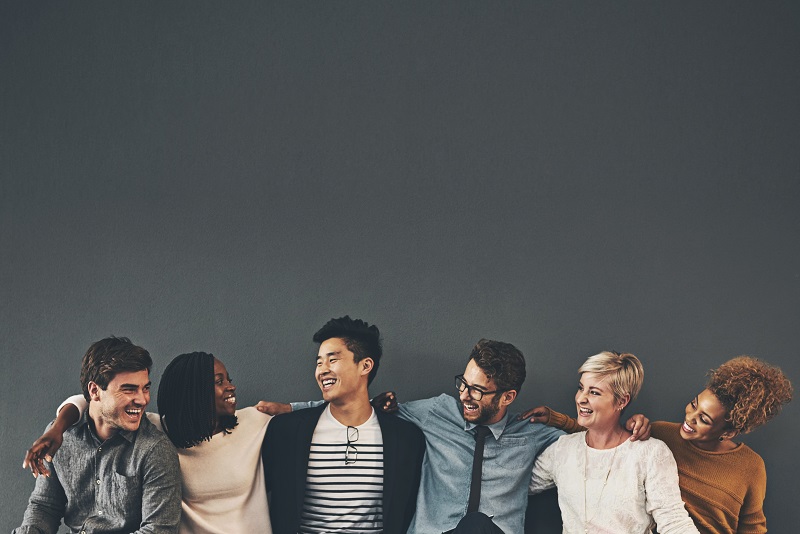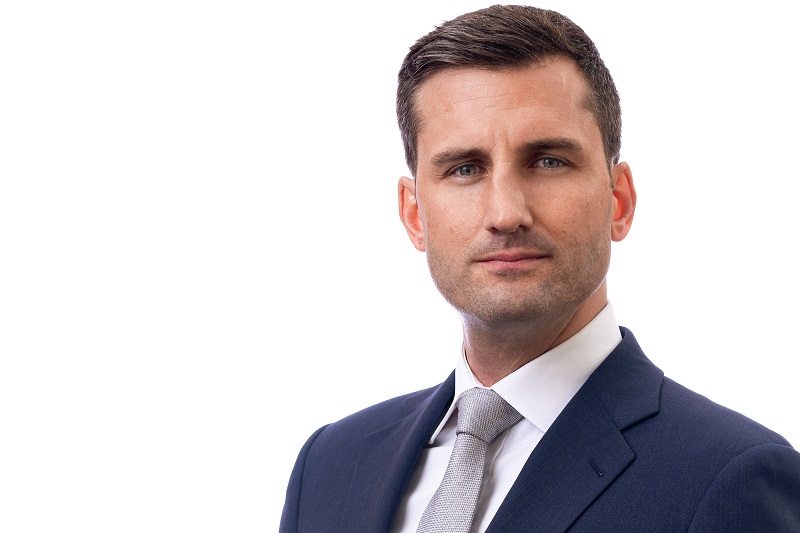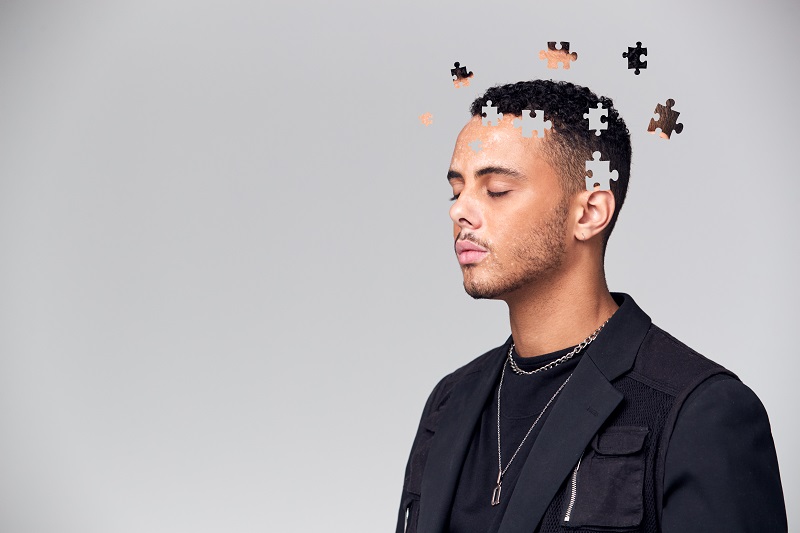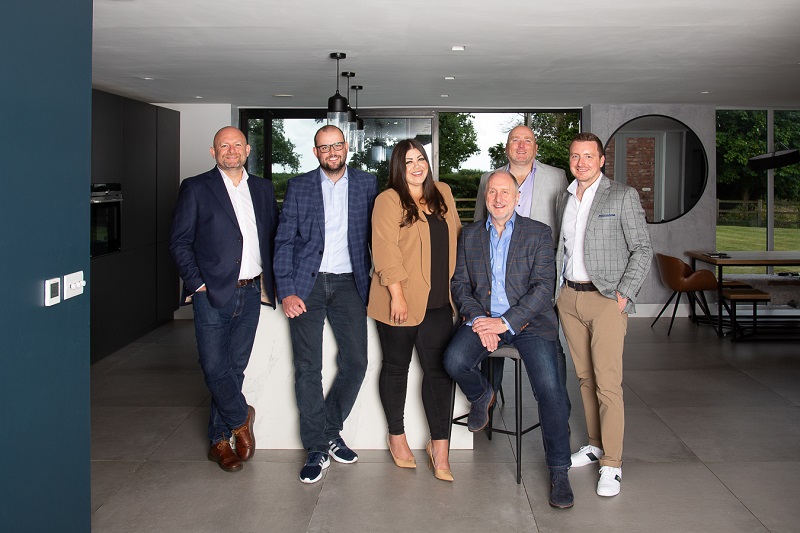In the first of a two-part series, DiversityQ caught up with Danisha Lomax, Head of Client Inclusivity & Impact at Digitas, to shed light on its Multicultural Center of Excellence (McCOE). This is what she had to say…
The McCOE was launched in 2015. You took over the project in 2020; what has changed since your arrival?
I realised that something was intentionally missing from how we engage with media, creatives, and the marketplace. For example, when we hire folks, we have various cultural and community-based retention strategies that cross cultures and allow people to explore intersections of their identities. Still, when being briefed on a campaign or project focused on race / identity-based audiences or communities, our teams lacked the inclusion needed to drive those business conversations with care and authenticity.
We know that businesses leave money on the table when they do not specifically and intentionally say they want to engage the Asian, Black, Hispanic, LGBTQ+ etc. communities – and the intersection of those communities (i.e., disabled and neurodivergent, Gen Z, and folks who are older, religious groups, parents, etc.).
These communities have a combined spending power of about $10 trillion (race-based numbers are reported by Nielsen and focused on the US). So, when we are not engaging in community with them in a way that resonates authentically, we are saying we don’t want your money, don’t spend with us – and what brand/business would ever say that?
I started socialising my concerns with leadership, got the green light from a few pivotal leaders, and engaged a team of individuals who had already begun questioning where Digitas stood in this capacity and were demanding more. Special thank you to the team I work alongside daily at Digitas who make the McCOE great: Chris Quintero, Darletta Scruggs, Ibon Iraola, Michelle Tanaka, Vanessa Toro, and so many others.
You work with many large companies, such as Sephora. How do you help them?
An example in which we assisted a client was our work with Sephora. Our work included providing challenge, insight and solutions. Specifically, Sephora’s media and measurement: Year-on-year increase in multicultural investment, lifts in brand awareness and opinions by 22+, and a 26+ lift in consideration (specific to their Black Owned Brands Campaign).
1. Challenge
On the heels of signing the “15% Pledge,” a public commitment to dedicating 15% of its inventory to products from Black-owned businesses, Sephora was on a mission to fundamentally change the beauty industry by not only creating space but also by telling vital stories.
2. Insight
With only 3% of brands at major beauty retailers being Black-owned, Sephora wanted to spotlight Black entrepreneurs, Black-owned brands and the consumers they serve. We spoke to over 250 historians, models, Black entrepreneurs, editors, makeup artists and more over ten weeks to understand the history of the Black beauty industry and find the most salient and important stories among the rich pool of interviewees.
3. Solution
As part of Sephora’s larger commitment to give Black culture the respect and position it deserves in the beauty community, we created the film The Beauty of Blackness.
Filmed over 16 months by two Black women directors, the film chronicles the checkered past, present and future of Black Beauty and calls attention to the historical and still persistent dearth of fashion and beauty products made for and by People of Color.
At the film’s centre is Fashion Fair – the legendary cosmetics brand started by Eunice Johnson, the founder of Ebony and Jet. Following its launch in the 1970s, the brand would revolutionise the beauty industry and become a household name for every Black woman in America. The company paved the way for a new generation of Black glamour—and in 2021, they returned to it again in partnership with Sephora.
The film’s launch included 360 marketing efforts across digital, print, and social, including help from influencer and singer Kelly Rowland on social channels.
4. Results
Winner of the Tribeca X Feature Film award at the Tribeca Film Festival.
What’s surprised you the most since leading the Multicultural Center of Excellence?
I wouldn’t say I am surprised, but I am proud of the way we have kept our community focus and grassroots ethos. We saw a need, quickly moved into action mode, and didn’t let the bureaucracy of agency life get in the way. Being in this industry for some time, I know how ideas get stalled or stuck because no one owns them. We didn’t have that problem and are committed to operating in a manner that elevates how brands and agencies can transform the industry.
What has been the most challenging thing for you in your journey with this initiative?
One of the most challenging practices has been integrating conscious business practices due to the culture of capitalism we all live in. The fact that we have had to use money loss as the driver for DE&I has been personally conflicting, but here we are.
I (we) combat that by integrating hope and action as a discipline and embedded value in our practice. We do not have the luxury of giving up or getting tired of talking about race and culture because the conversation is no longer trendy.
The fact is that 50% of Gen Z consider themselves multicultural and LGBTQ+. They have a growing spending power of $143B, and DEI is one of their top priorities – ahead of the latest fashion hauls or drips. In a 2021 “Keeping it Real” study by Watpadd, 53% of Gen Z said they stopped purchasing from brands that mishandle DE&I representation.
What are the next steps for McCOE?
We are going to continue to shake the table. Be the voice of intersectionality while partnering with various teams to evolve our engagement culturally. We are intentionally expanding our work to include disability, socio-economics and ESG. Right now, the marketplace wants to keep these things separate, but they, quite frankly, are all connected.









